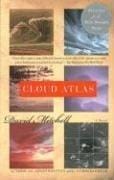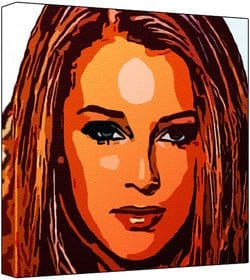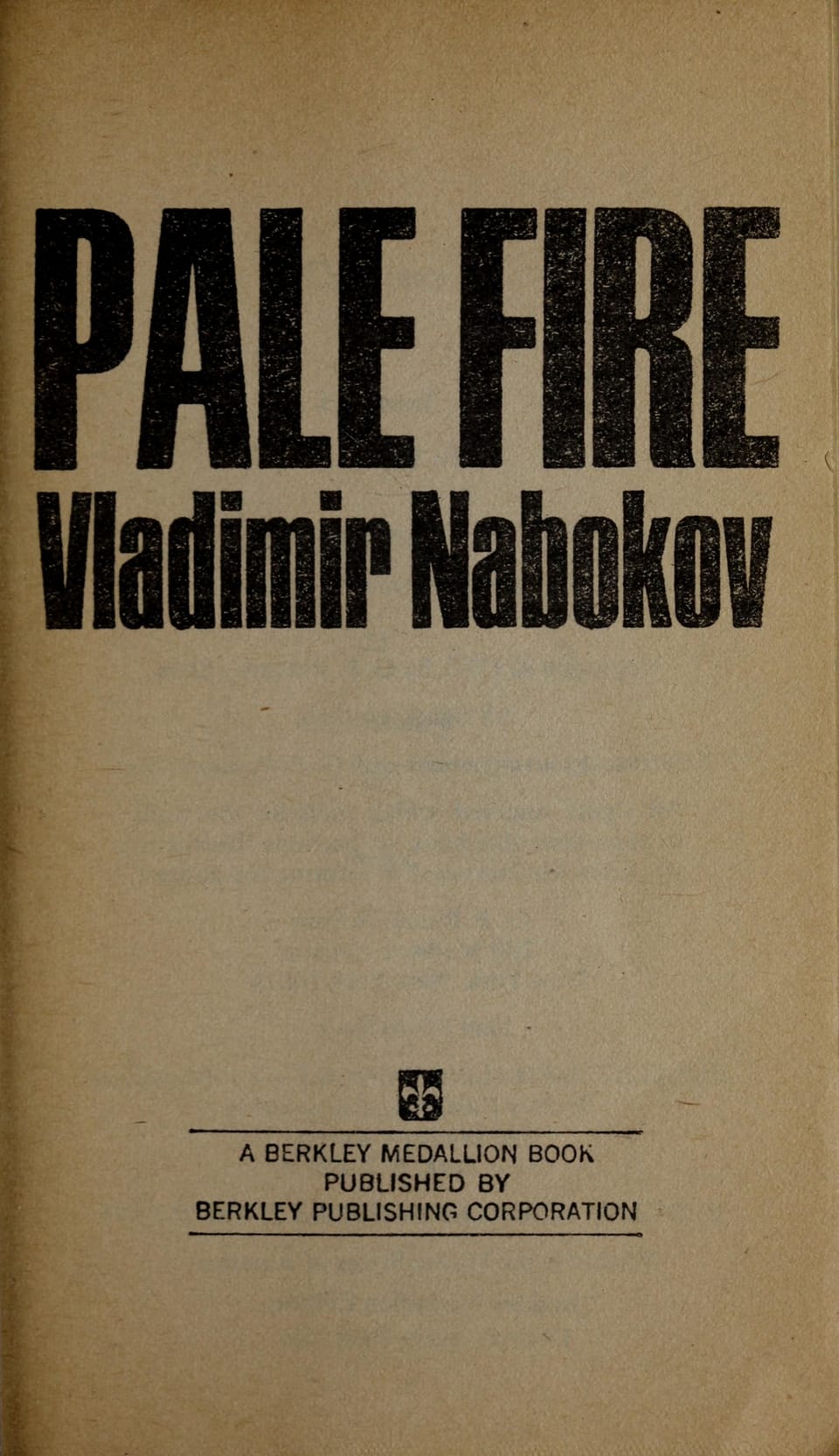Cloud Atlas: A Timeless Tapestry of Interconnected Stories
Explore David Mitchell's Cloud Atlas: plot summary, themes, structure, and film adaptation, and learn why the novel continues to captivate readers worldwide.

Introduction to Cloud Atlas
Cloud Atlas, the 2004 Booker Prize–short-listed novel by British author David Mitchell, defies easy categorisation. Part historical drama, part sci-fi epic, and part literary puzzle, the book invites readers to piece together six seemingly separate narratives that ripple across time and space. When the Wachowskis and Tom Tykwer adapted it for the big screen in 2012, the story gained an even wider audience, yet many newcomers still want a concise, spoiler-aware guide. This article unpacks the plot, themes, and structure that make Cloud Atlas such an enduring cultural touchstone.
The Six Interlocking Stories
Mitchell arranges the novel like a musical sextet, each movement echoing the others in melody and rhythm. Every story is told in two halves, interrupted at a dramatic point until its resolution later in the book, except for the final tale, which stands whole at the centre. These narrative crescendos create momentum while highlighting the circular nature of human experience.
The Pacific Journal of Adam Ewing (1850)
Set aboard a 19th-century schooner in the South Pacific, Adam Ewing, an American notary, records his ordeal with a parasitic worm and his moral awakening about slavery. His diary will influence characters more than a century later, showing how even private thoughts can have public consequences.
Letters from Zedelghem (1931)
In inter-war Belgium, bisexual composer Robert Frobisher becomes amanuensis to aging maestro Vyvyan Ayrs. Frobisher’s witty, often cynical letters to his lover Rufus Sixsmith reveal his creation of the “Cloud Atlas Sextet,” a piece inspired by Ewing’s journal. The letters underscore artistry’s power to transmit memory and emotion through time.
Half-Lives: The First Luisa Rey Mystery (1975)
Thriller conventions take centre stage as investigative reporter Luisa Rey uncovers corporate corruption at a California nuclear plant. Her life intersects with Sixsmith, now an aged scientist. The suspenseful stakes and journalistic heroism hint that resisting greed is a cyclical battle faced by every generation.
The Ghastly Ordeal of Timothy Cavendish (2012)
This darkly comic tale follows vanity-press publisher Timothy Cavendish as he flees gangster creditors only to be trapped in a tyrannical nursing home. The sequence highlights ageism and personal freedom while offering meta-commentary on storytelling; Cavendish later pitches his experiences as a film idea, blurring fact and fiction.
An Orison of Sonmi-451 (2144)
Fast-forward to dystopian Neo-Seoul, where Sonmi-451, a genetically engineered “fabricant,” gains sentience and questions the consumerist regime built on exploitation. Her recorded orison (testimony) reveals the systemic oppression underpinning corporate capitalism. Sonmi’s radical transcendence becomes sacred scripture for future generations, proving that ideas can outlive their authors.
Sloosha’s Crossin’ an’ Ev’rythin’ After (2321)
Post-apocalyptic Hawaii hosts the novel’s climactic period, where primitive valley-dweller Zachry forms an uneasy alliance with Meronym, a member of the technologically advanced Prescients. Their dual perspective illustrates the persistence of fear and hope amid societal collapse. As oral history, Zachry’s story reframes previous events as legend, emphasizing storytelling’s survival value.
Key Themes and Motifs
Cloud Atlas orbits several interconnected themes: reincarnation, colonialism, corporate greed, and the moral duty to act against injustice. Comet-shaped birthmarks shared by protagonists hint at a transmigrating soul, though Mitchell leaves the reincarnation theory open to interpretation. Nesting dolls, sextets, and clouds all evoke patterns that dissolve and reform, echoing the book’s belief that actions reverberate across eras.
Power and subjugation appear in every timeline—from Adam Ewing witnessing slavery, to Sonmi challenging consumer enslavement—illustrating humanity’s recurring ethical crossroads. Yet Mitchell also offers optimism: tiny acts of compassion spark chain reactions that reshape the future, suggesting individual choices matter even in the grand sweep of history.
Book Structure: The Nested Russian Doll
Mitchell’s architectonic approach mirrors a Russian doll or Möbius strip. The novel opens with Ewing and ends with him, creating a circular frame. Each successive story interrupts the previous one until the centre, then the narrative unwinds in reverse order, resolving each cliff-hanger. This mirrored symmetry pushes readers to draw parallels among plot lines, enriching rereads as new connections emerge. The structure foregrounds the idea that beginnings and endings are intertwined, much like birth and death or rise and fall of civilizations.
Film Adaptation: Wachowskis & Tom Tykwer
The 2012 film adaptation embraces the novel’s ambition by intercutting the six stories rather than presenting them sequentially. The directors used a repertory cast—actors like Tom Hanks, Halle Berry, and Hugo Weaving portray multiple roles across eras—to visualize reincarnation and thematic resonance. While critics praised the film’s visual daring, some viewers found the shifting tone jarring. Nonetheless, the movie distilled Mitchell’s core message: that empathy can transcend boundaries of race, gender, and time.
Cinematically, the film’s non-linear editing intensifies the thematic beats, juxtaposing moments of betrayal, sacrifice, and revelation across centuries in quick succession. The musical score, co-composed by Tykwer, reprises the fictional “Cloud Atlas Sextet,” providing an aural thread that weaves the narratives together much like Mitchell’s prose.
Why Cloud Atlas Still Matters
Nearly two decades after publication, Cloud Atlas continues to resonate because it tackles questions that remain urgent: Will technology liberate us or deepen inequality? Can art foster genuine empathy? Are we condemned to repeat history, or can collective choice reshape destiny? By delivering these quandaries through multiple genres—nautical adventure, epistolary romance, crime thriller, satire, dystopia, and post-apocalyptic myth—Mitchell ensures that every reader finds an entry point.
Moreover, the novel champions interconnectedness at a moment when global challenges like climate change and social injustice demand cooperative solutions. Cloud Atlas reminds us that our stories, decisions, and even failures ripple forward, influencing strangers we will never meet. Whether you pick up the book, stream the film, or do both, you join a continuum of readers and viewers contemplating the same cosmic questions. In that sense, Cloud Atlas itself becomes a living testament to its central idea: “What is any ocean but a multitude of drops?”



